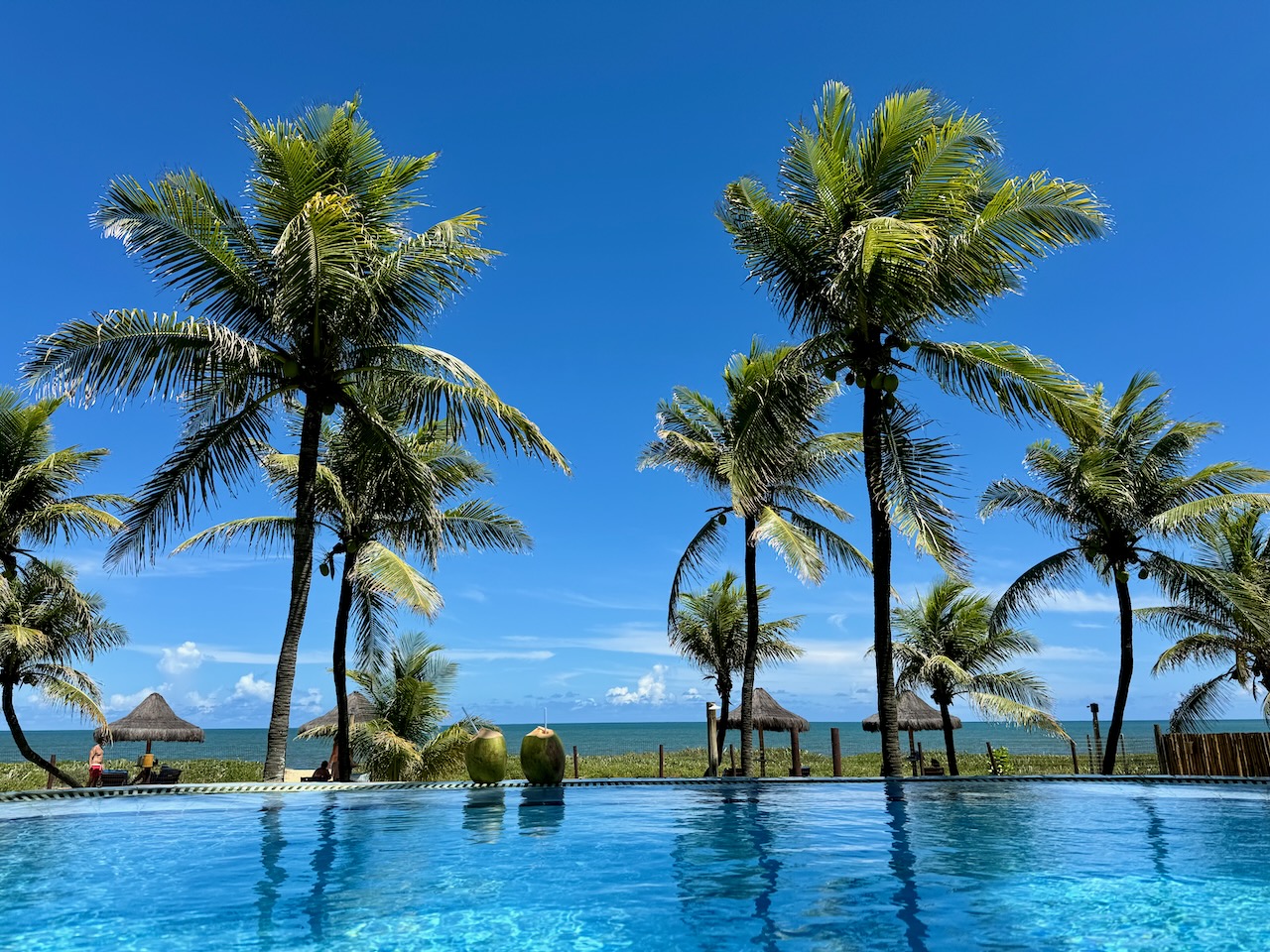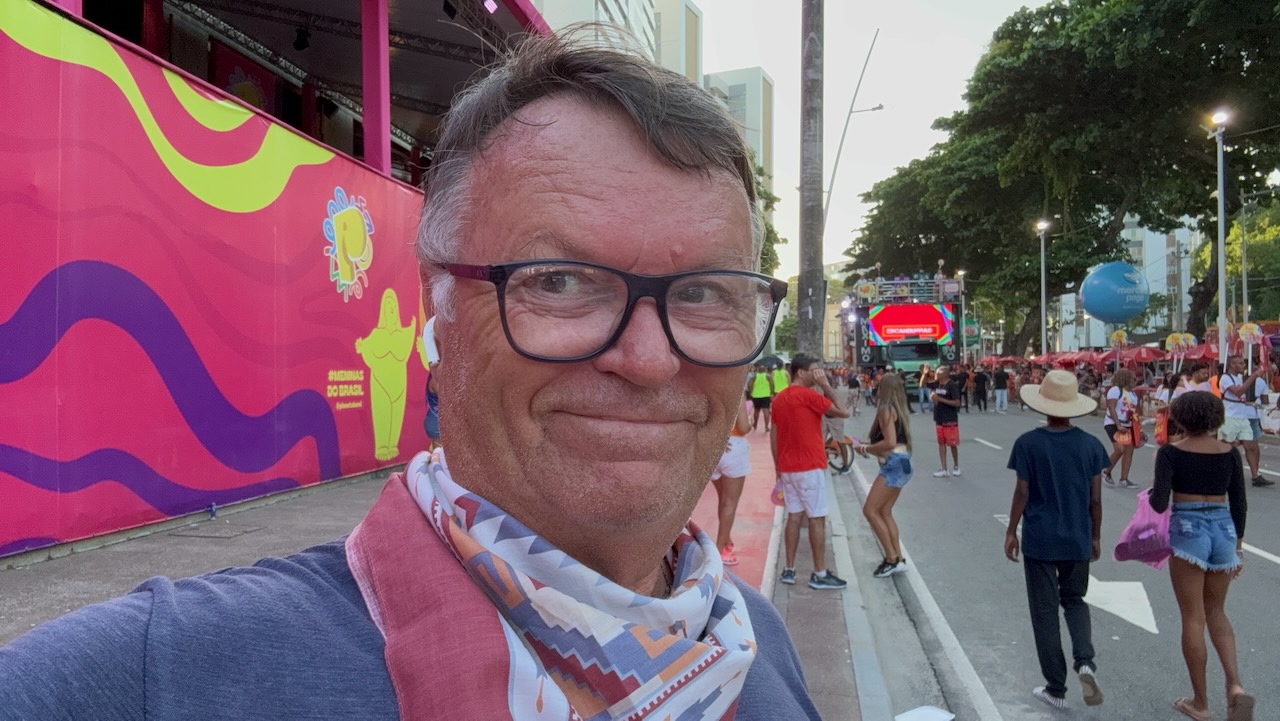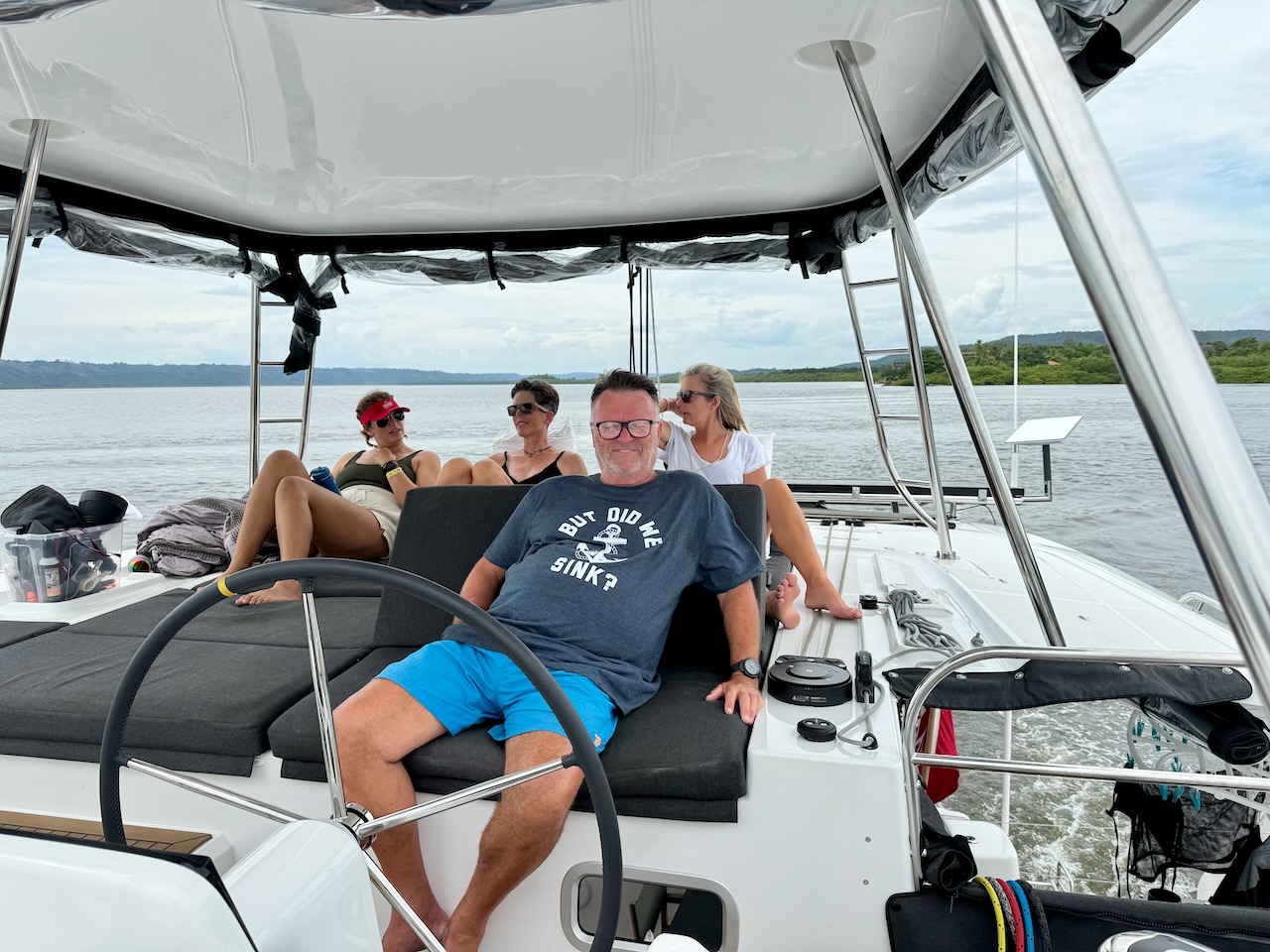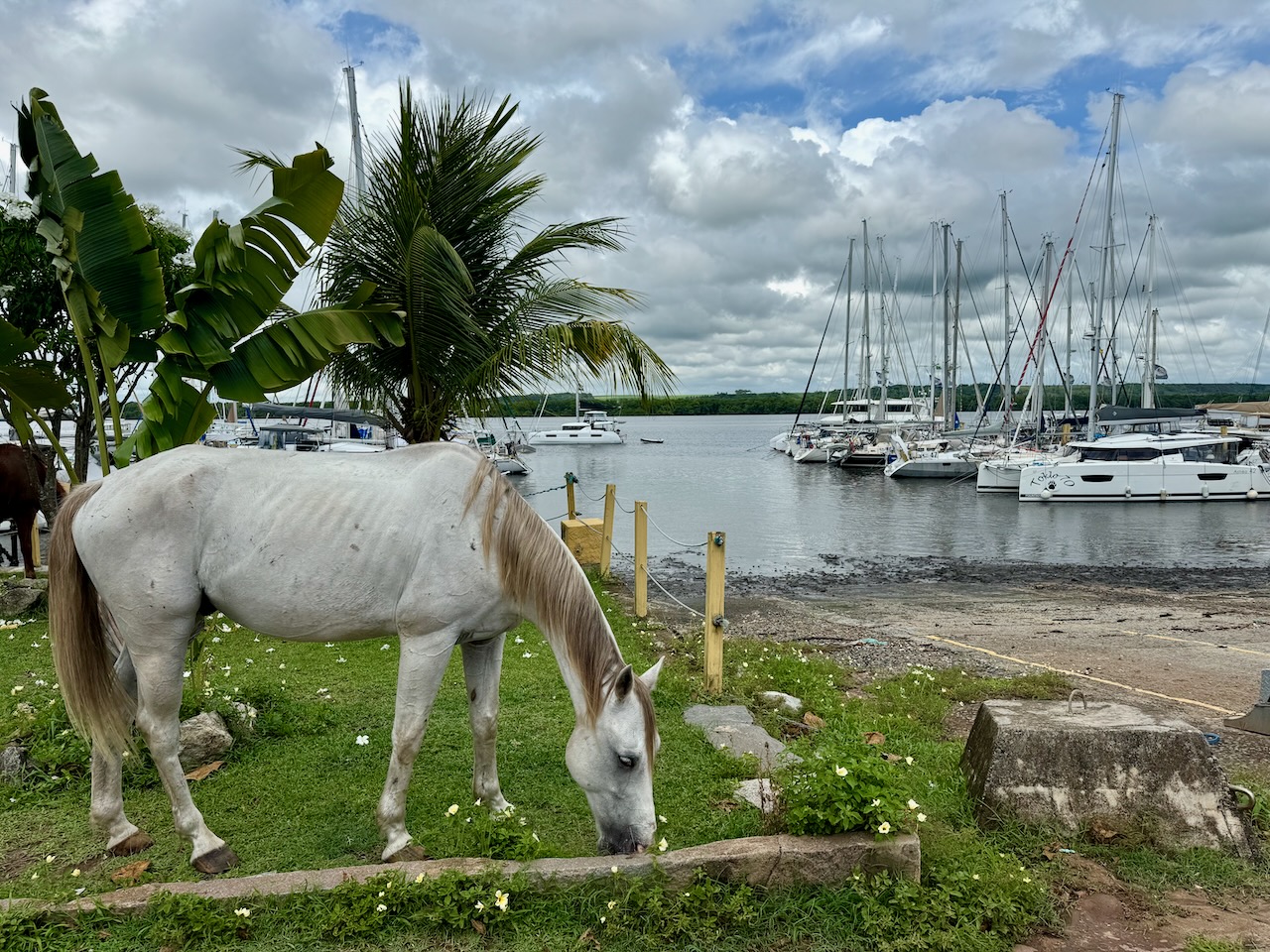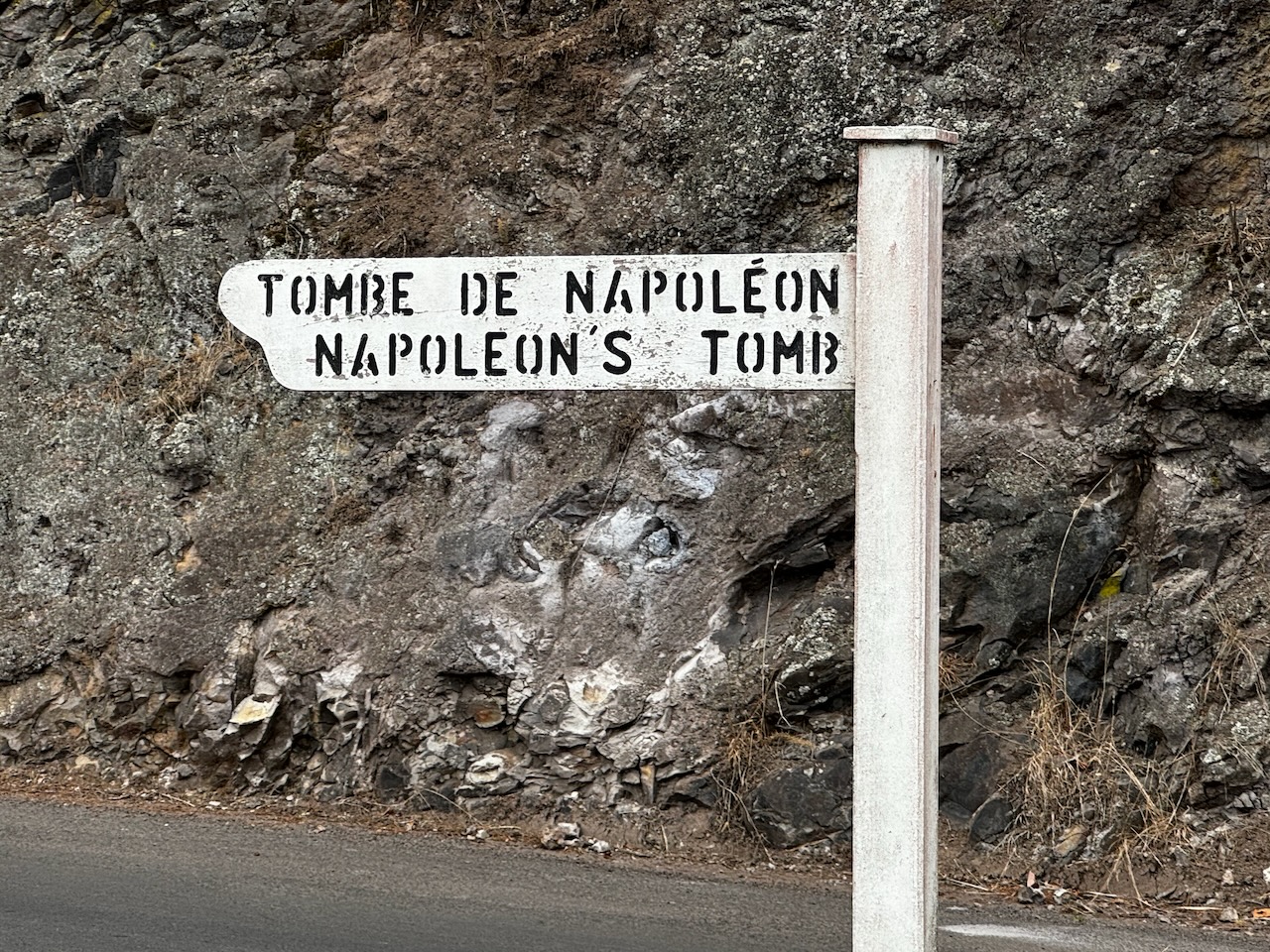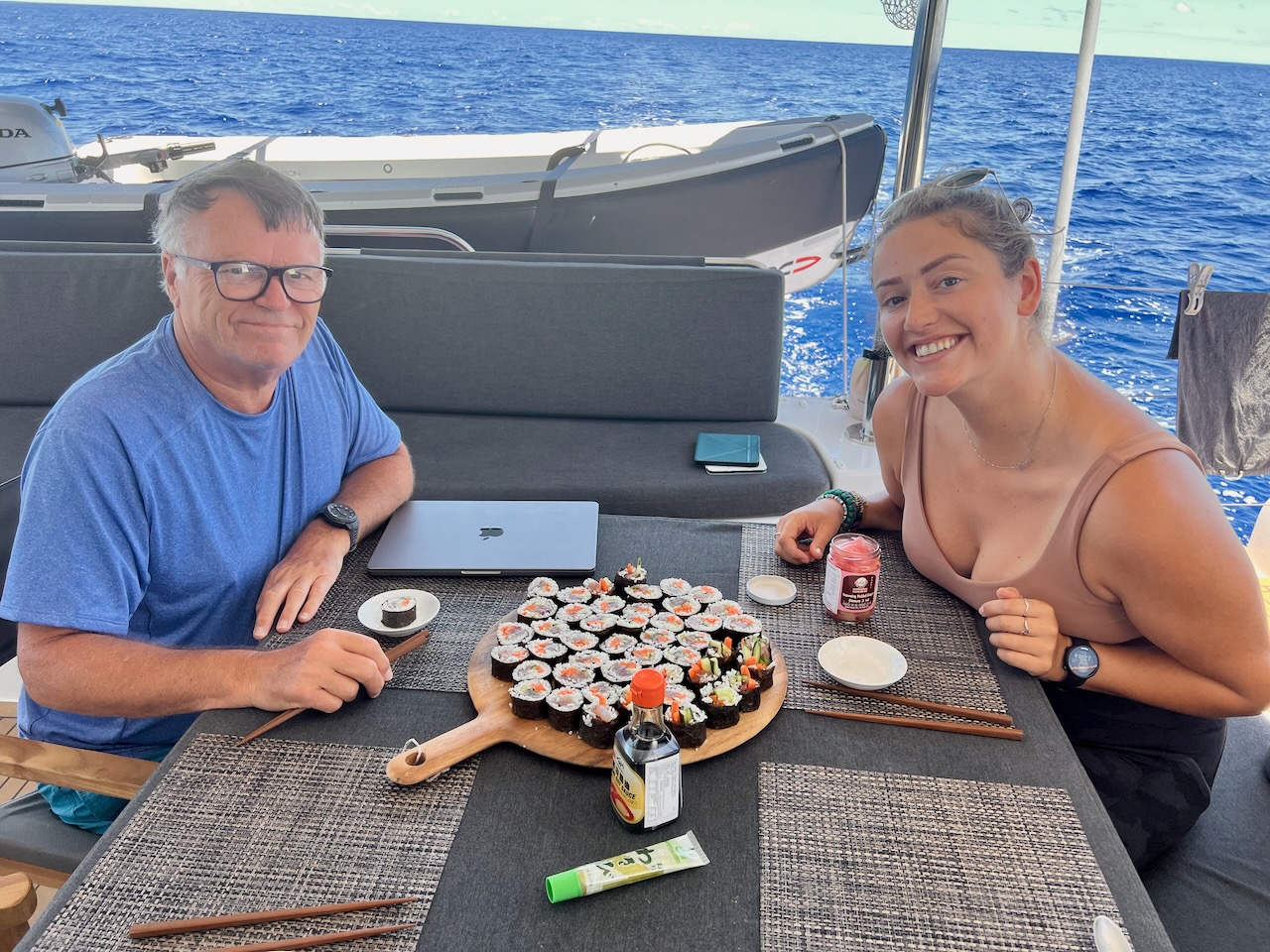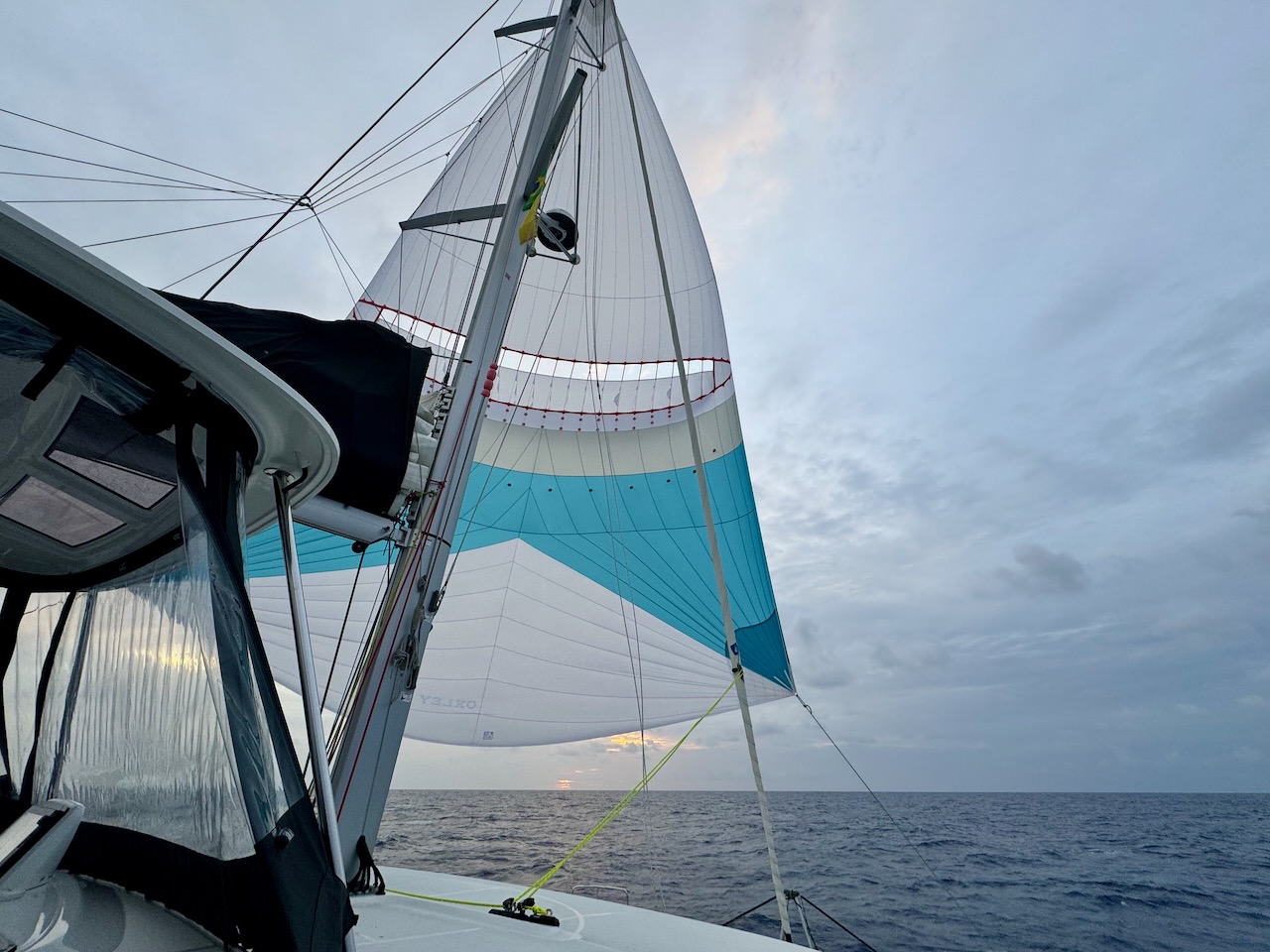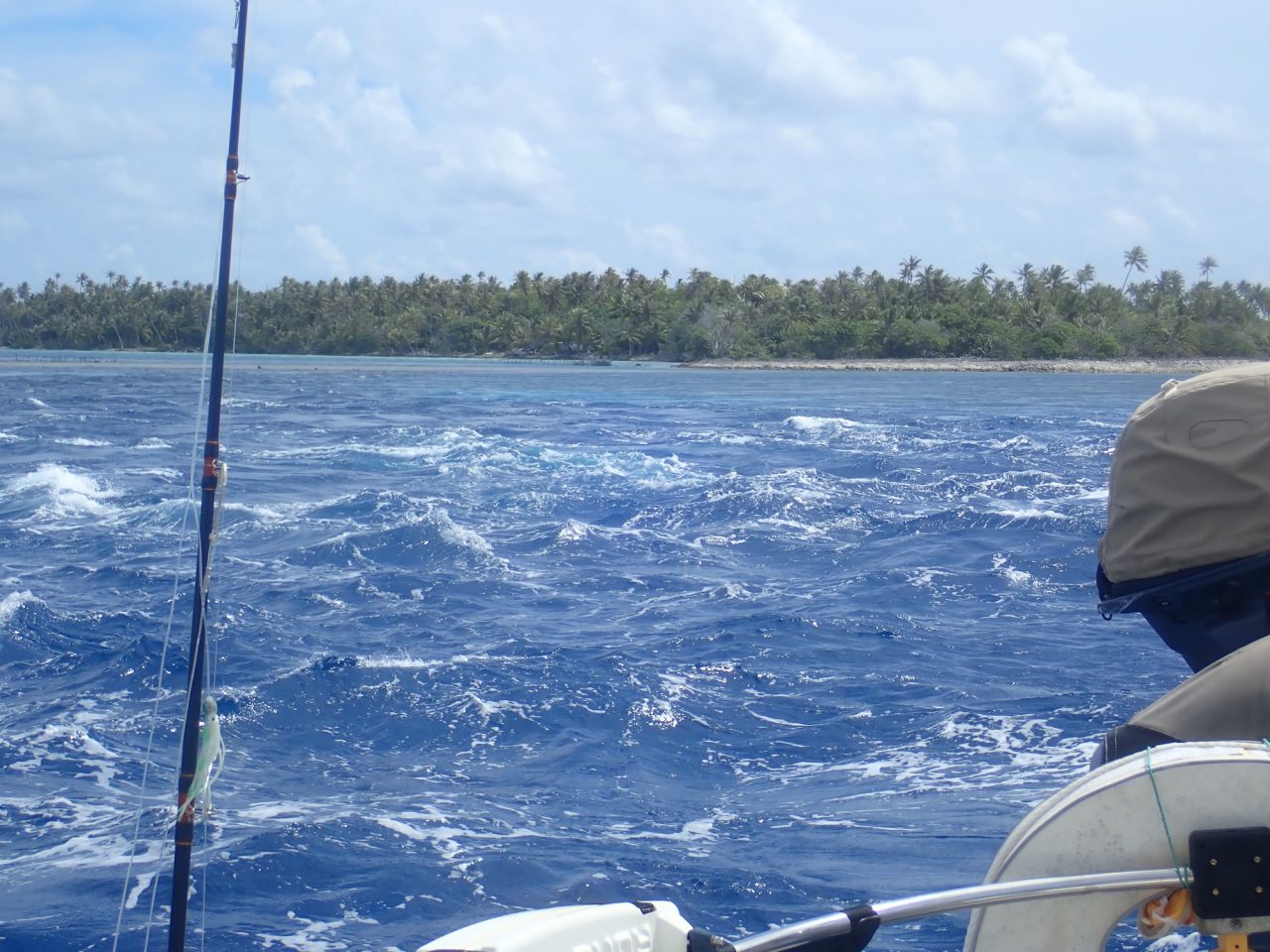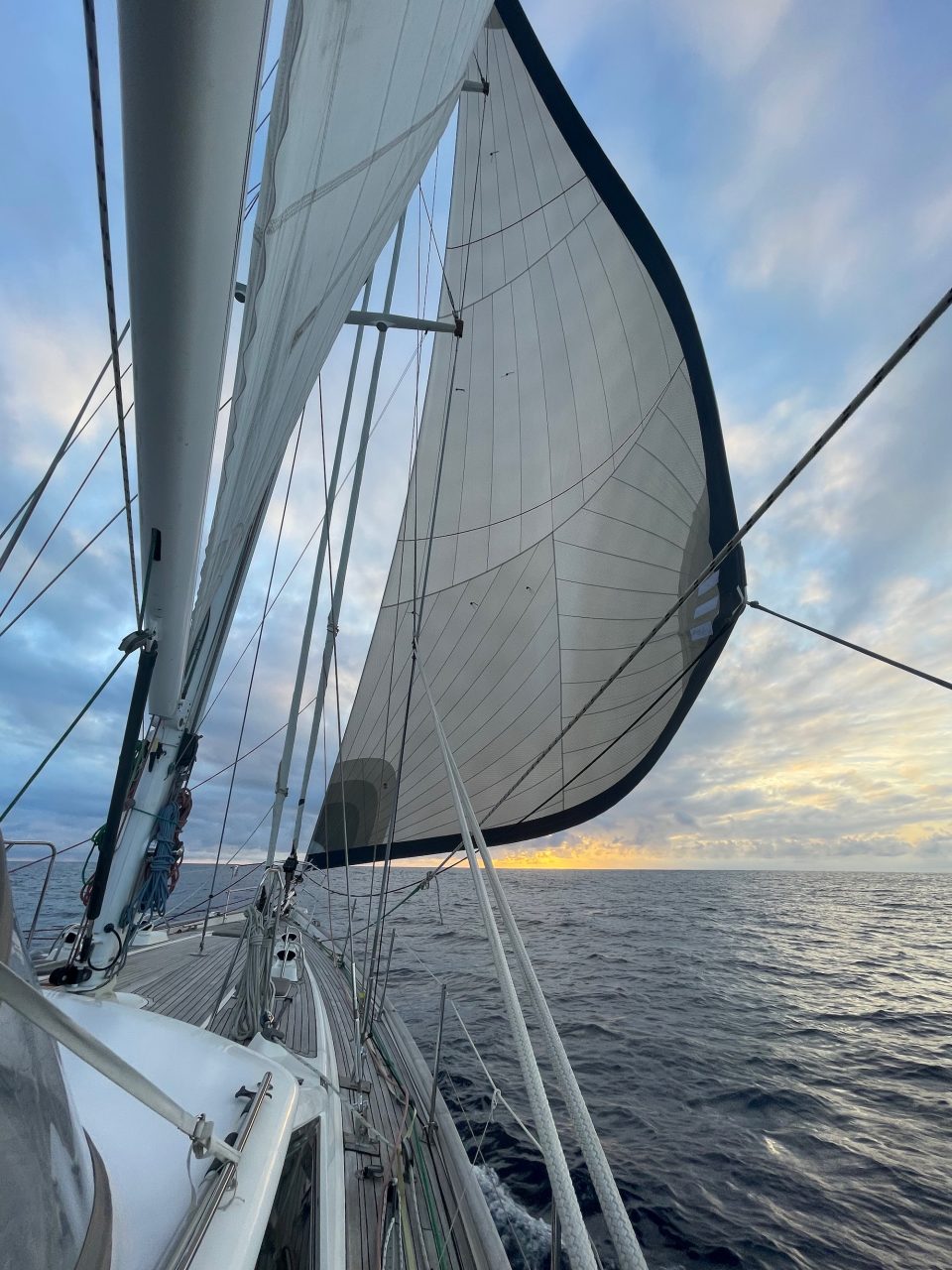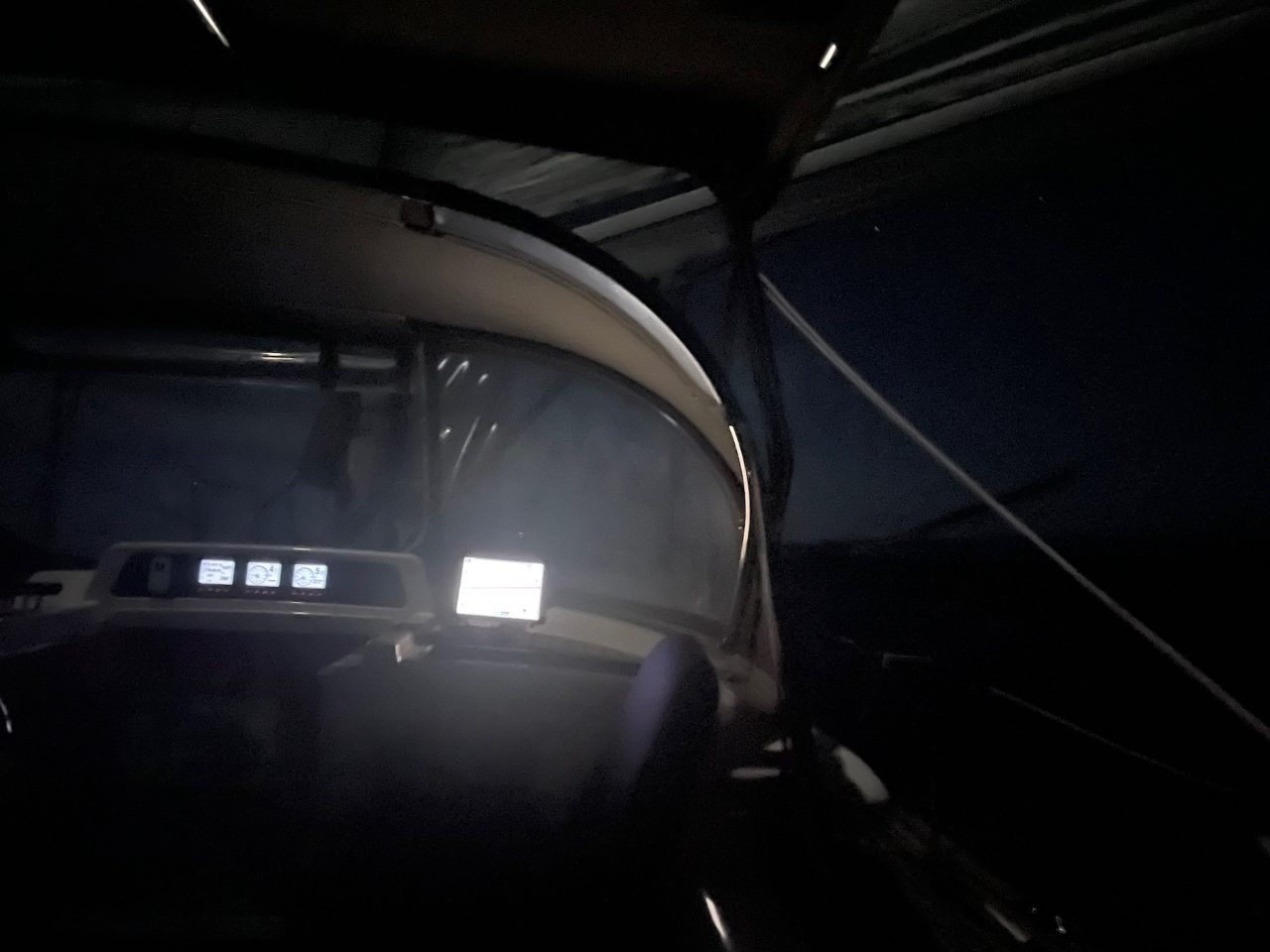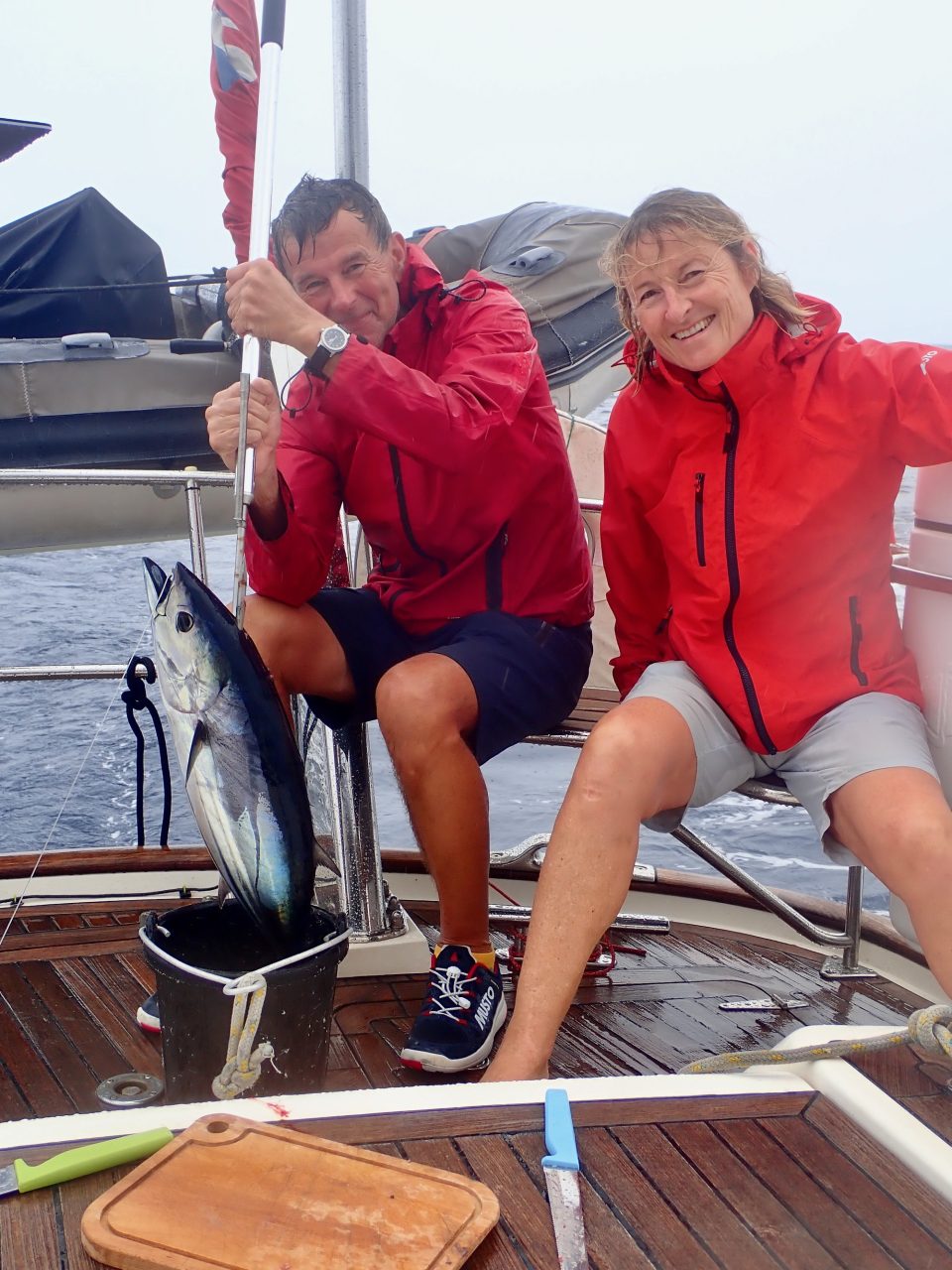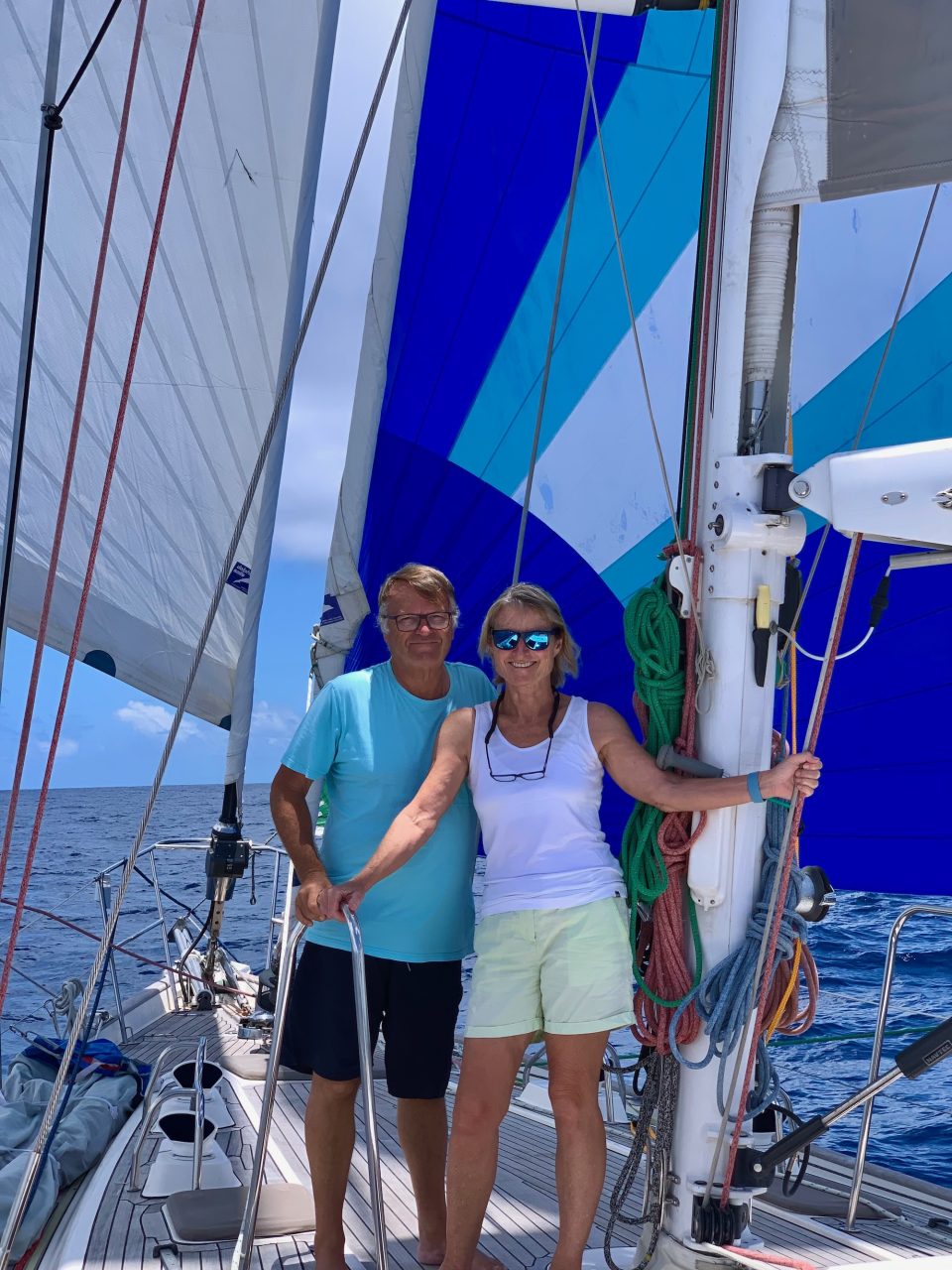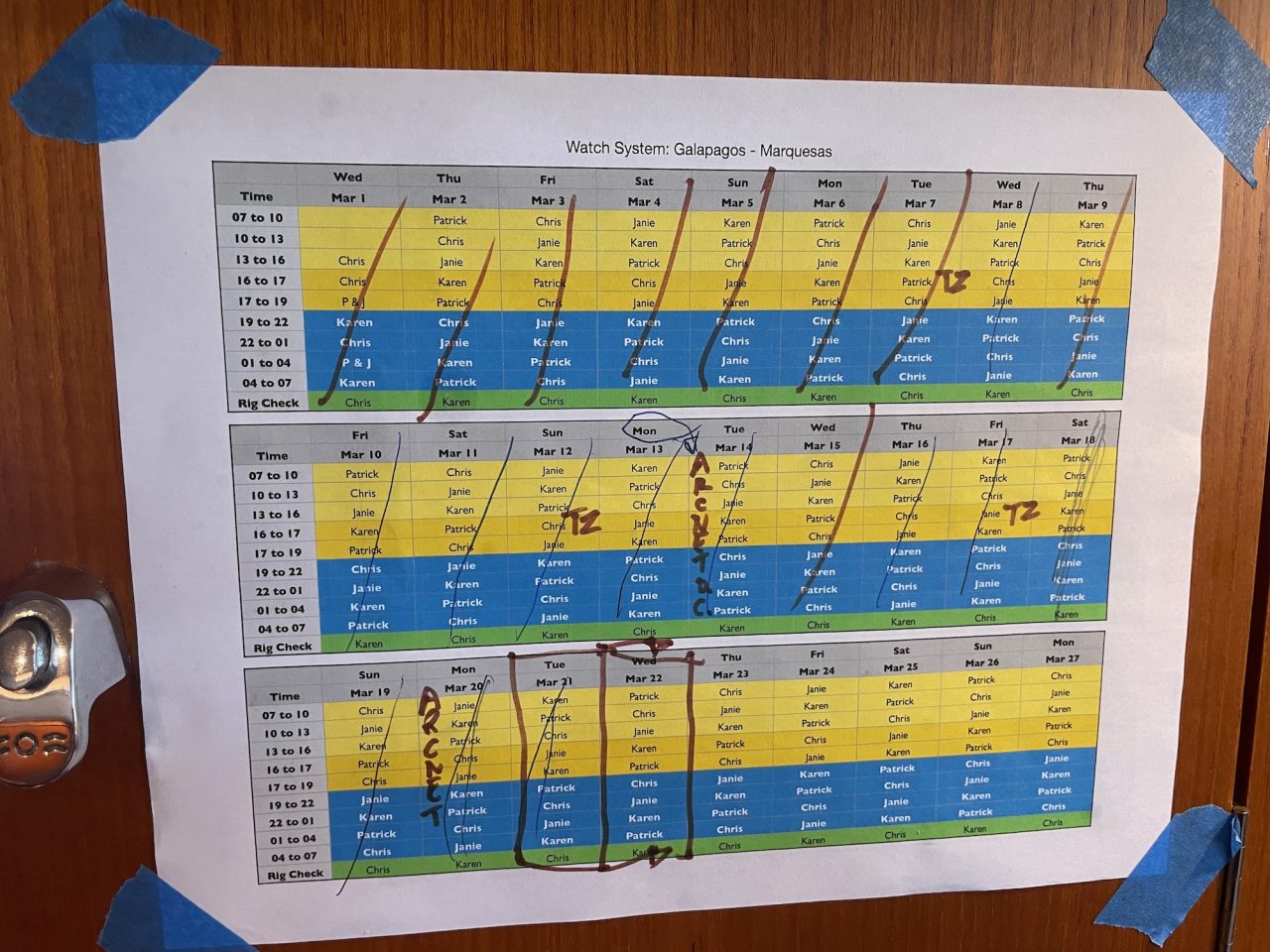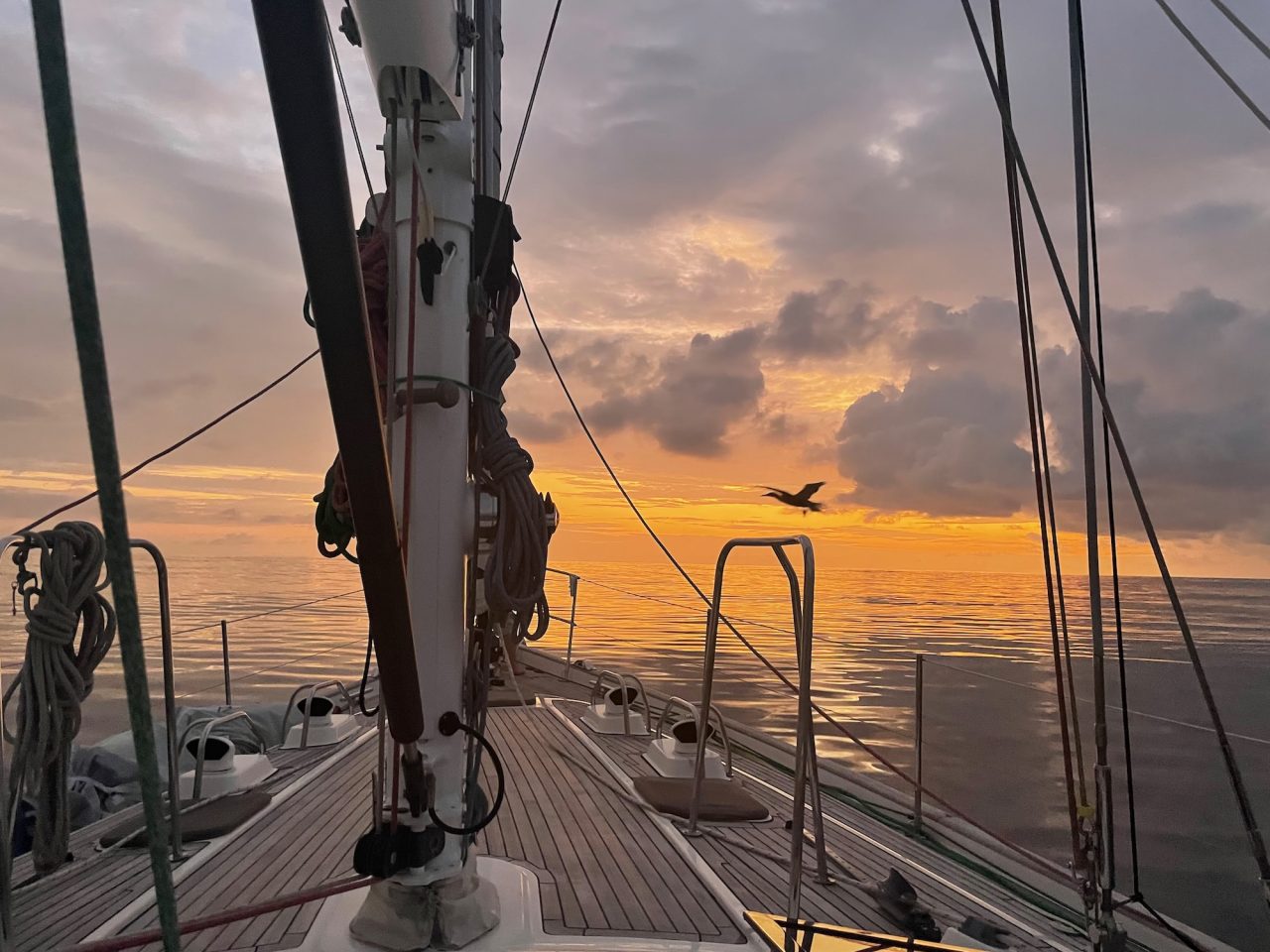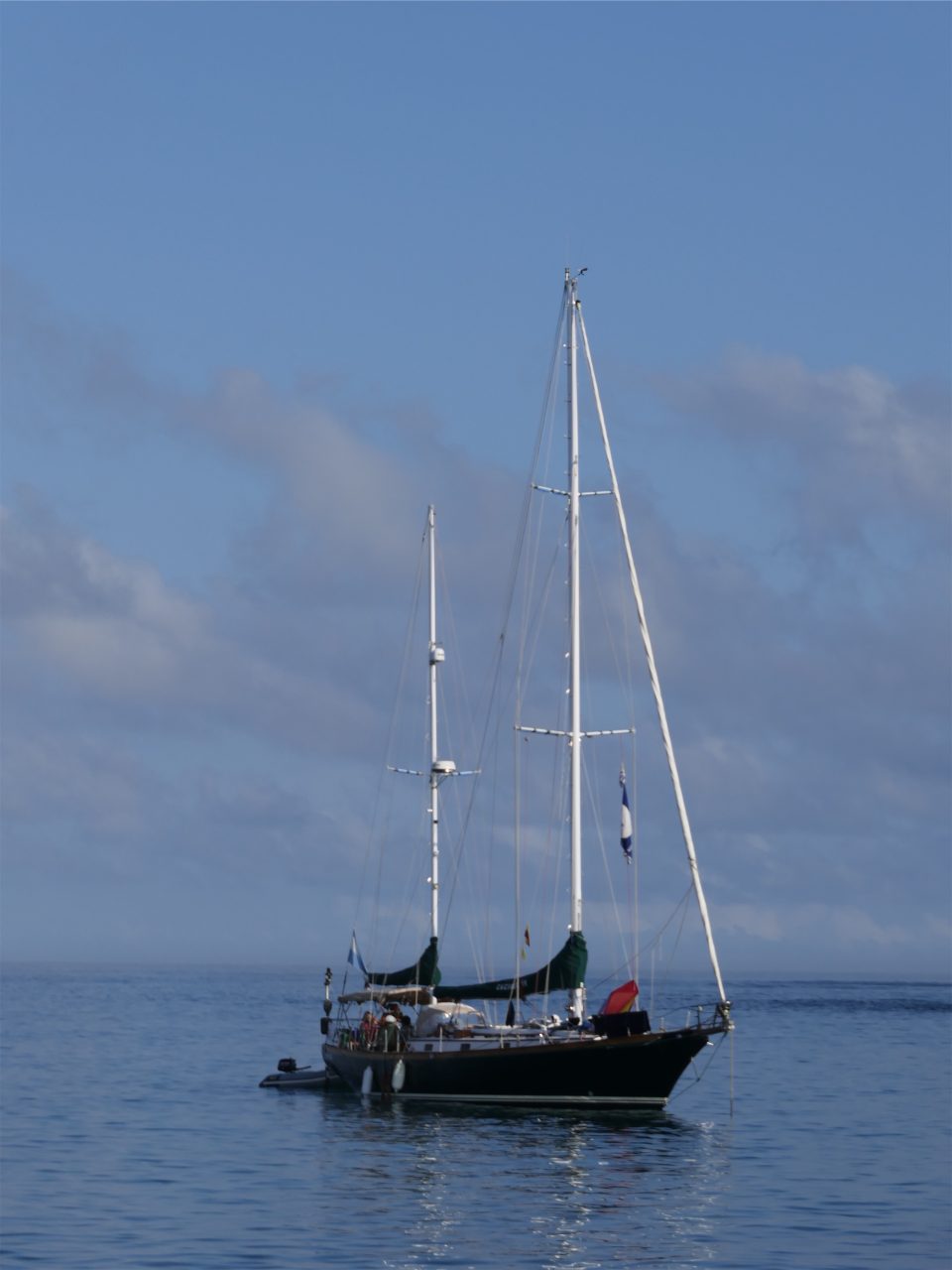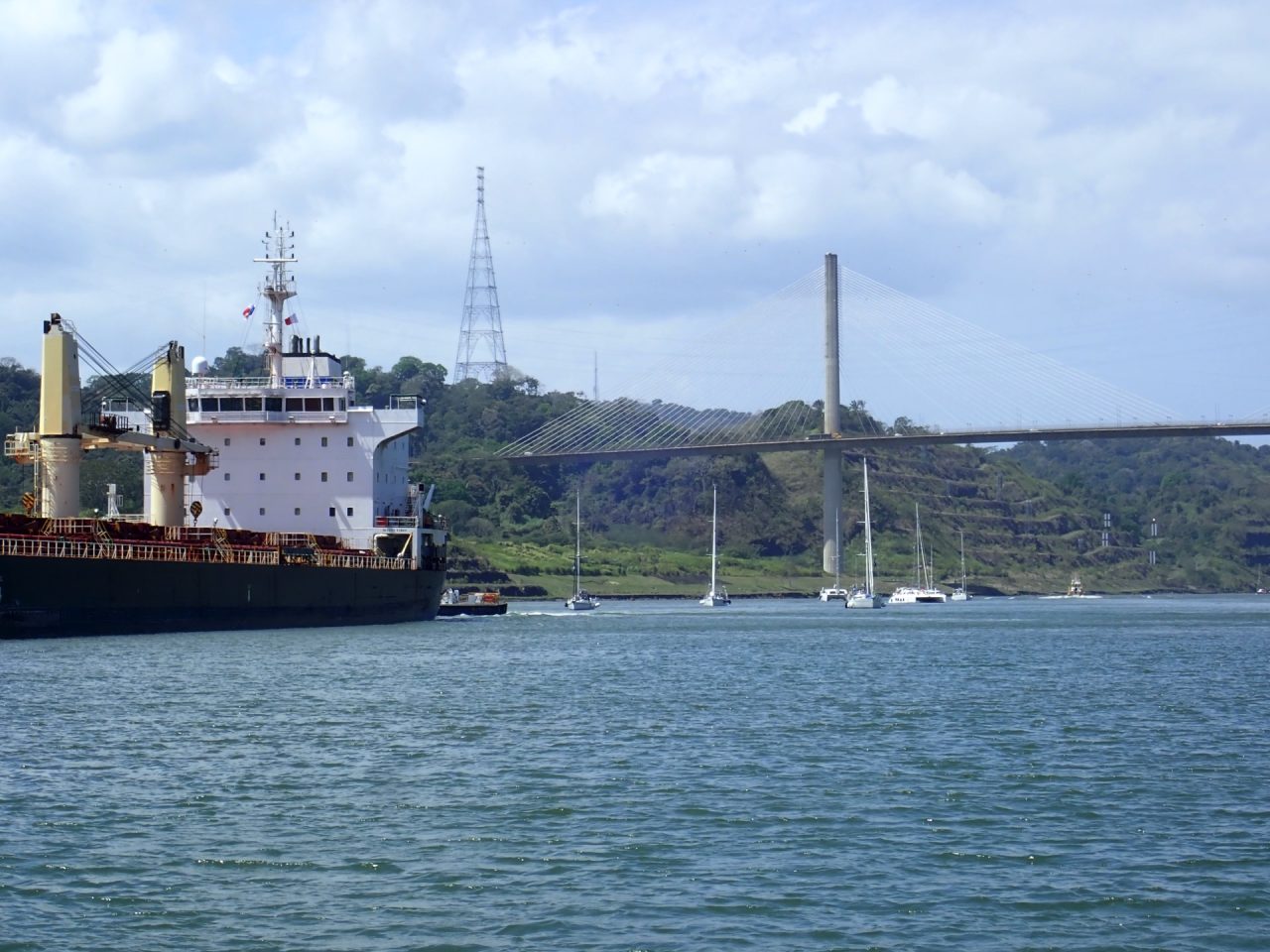Books I’ve read since leaving Cape Town:

- The Night House – Jo Nesbø
- Why Didn’t They Ask Evans? – Agatha Christie
- Rama Revealed – Arthur C Clarke & Gentry Lee
- The Garden of Rama – Arthur C Clarke & Gentry Lee
- Bahama Crisis – Desmond Bagley
- Calico Joe – John Grisham
- The Lantern Network – Ted Allbeury
- Sink the Bismarck! – CS Forester
- Rifleman Dodd – CS Forester
- The Secret Pilgrim – John le Carré
- Kennedy 35 – Charles Cumming
- The Witness for the Prosecution: And Other Stories – Agatha Christie
- A Scanner Darkly – Philip K Dick
- The Hot Kid – Elmore Leonard
- Let Not the Deep – Mike Lunnon-Wood
- From Russia With Love – Ian Fleming
- All Our Tomorrows – Ted Allbeury
- The Firm – John Grisham
- Clicking of Cuthbert – PG Wodehouse
- The Rise – Ian Rankin
- The Inshore Squadron – Alexander Kent
- Killing Moon – Joe Nesbø
- Homeland – Cory Doctorow
- A Time for Mercy – John Grisham
- Prayer – Philip Kerr
- The Alpha List – Ted Allbeury
- The Innocent – Ian McEwan
- The Sittaford Mystery – Agatha Christie
- Alan Partridge: Big Beacon – Alan Partridge
- The Complete Western Stories – Elmore Leonard
- Flight Into Danger – John Castle & Arthur Bailey
- Stasi Wolf – David Young
- The Lady in the Lake – Raymond Chandler


